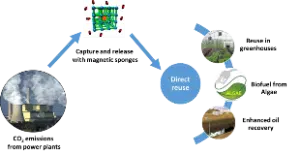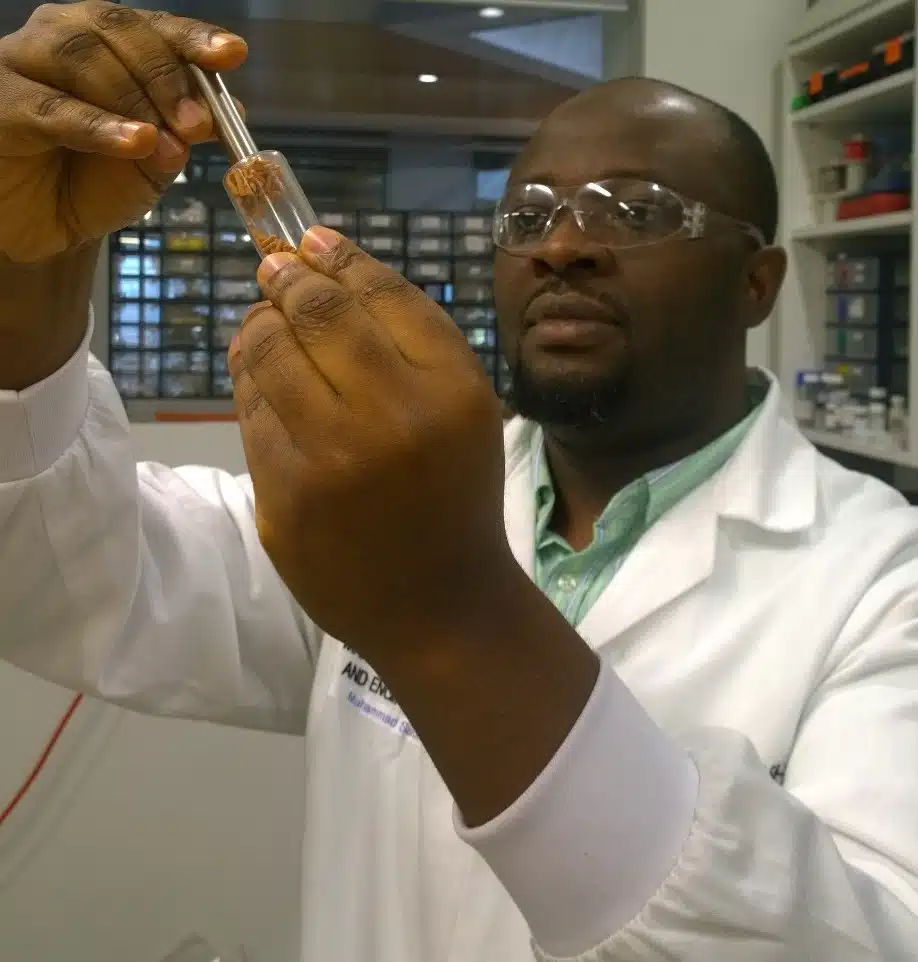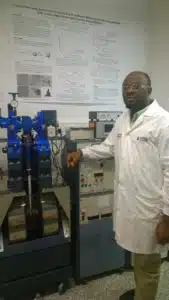Sponges that can soak up CO2 where it’s not wanted and quickly release it somewhere beneficial—such as greenhouses—have been developed by Australian researchers.
“Special sponge materials called magnetic organic frameworks, or MOFs, are highly effective at soaking up and storing gases such as CO2 at the point of emission. But we hadn’t worked out how to make them release the gases efficiently—until now,” says Muhammad Munir Sadiq, a postdoctoral researcher at MOFWORX CSIRO. Muhammad’s PhD project was supported by Monash University and CSIRO through New Horizons research scholarships.
“We have developed an energy efficient process to get MOFs to release gases when exposed to a magnetic field, without the need for compression or further purification. For example, CO2 could be selectively captured from power plant stacks, and the sponge then transported to a location where the gas can be released and reused.”
One potential use is in greenhouses: some operators buy CO2 to make crops more productive, since plants naturally use it during photosynthesis to produce energy. But it’s currently costly to compress, transport and deliver CO2.
“With over 80 per cent of Australia’s energy production still dependent on fossil fuels, technologies that will lead to emissions reduction and a cleaner environment are desirable,” Munir says.
“We’re working on a pilot study using this new process, known as Magnetic Induction Swing Adsorption (MISA). It has the potential to revolutionise the way these sponges are deployed and reused—not only for greenhouse gas mitigation strategies, but other industrial gas storage and separation processes.”
They’re currently looking for commercial partners, and have support from the the Science and Industry Endowment Fund.

The sponge could be used at greenhouses to capture CO2 from the outside air and pump it inside to the plants. Photo Credit: Luke Besley Diagram Credit: Muhammad Munir Sadiq






 Fresh Science is on hold for 2022. We will be back in 2023.
Fresh Science is on hold for 2022. We will be back in 2023.